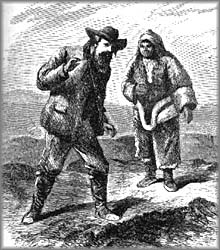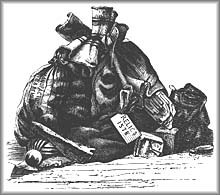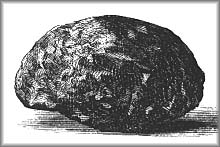
|
 n 1861, American journalist Charles Francis Hall travelled to the Arctic aboard a whaling ship, intent on discovering the fate of the missing Sir John Franklin Expedition which had disappeared in the Central Arctic during the 1840s. Baffin Island Inuit learned of his interest, and told him about Kodlunarn (White Men's) Island, where they still collected occasional fragments of red tile left by a party of white men who had lived there long ago. n 1861, American journalist Charles Francis Hall travelled to the Arctic aboard a whaling ship, intent on discovering the fate of the missing Sir John Franklin Expedition which had disappeared in the Central Arctic during the 1840s. Baffin Island Inuit learned of his interest, and told him about Kodlunarn (White Men's) Island, where they still collected occasional fragments of red tile left by a party of white men who had lived there long ago.
|
|
Eventually, Hall realized that the Inuit accounts related to the Frobisher expeditions of almost three centuries earlier, and that Kodlunarn Island must be Frobisher's Countess of Warwick's Island, the headquarters of the major mining ventures. Hall was taken to the island by Inuit guides, where he found the two large mining trenches, the remains of the stone cottage at the summit of the island, and a scatter of other material.
|
 |
| Engraving published by Hall, illustrating his discovery of the Frobisher sites. |


Illustrations from My Life with the Eskimos by Charles Francis Hall.

 |
|
 |
| Hall packaged the Frobisher relics in his old stockings. |
 |
| Iron bloom found by Hall on Kodlunarn Island |
|
|
The location of Frobisher's mines and information about his exploration activities were recovered through the historical knowledge of the Inuit, who had preserved a historical record of these events for three centuries. This record is still a part of the historical traditions known to the Inuit of Iqaluit.
|


|



